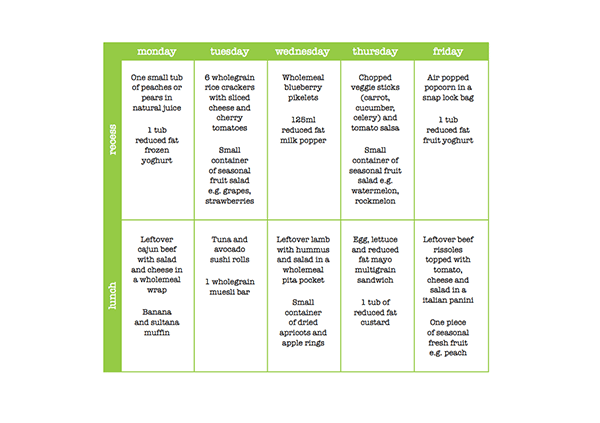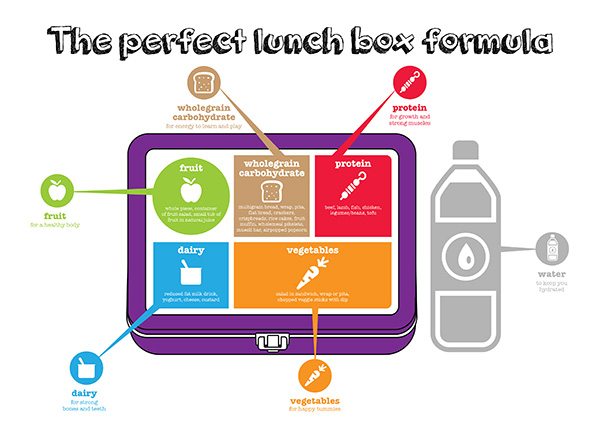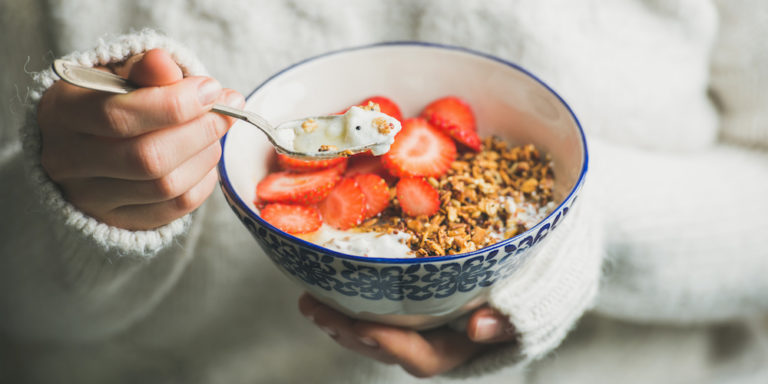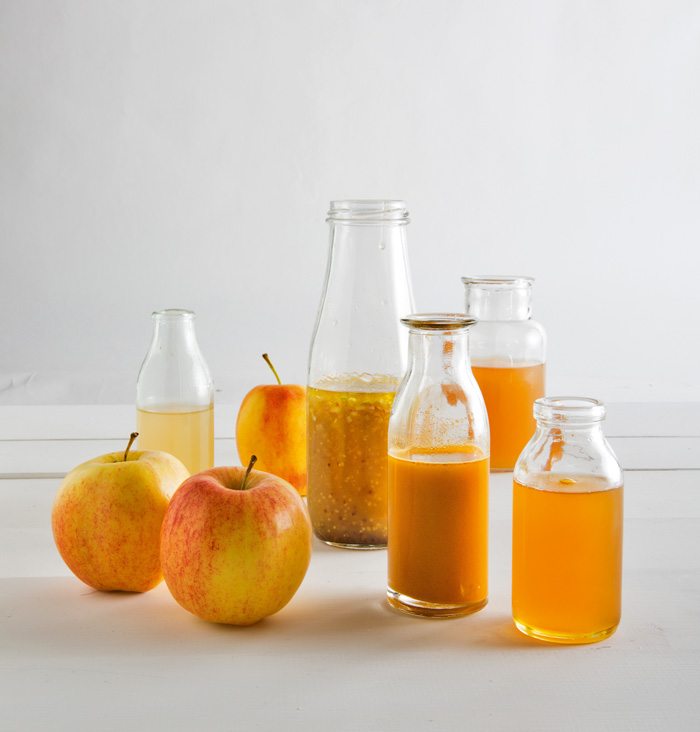As students prepare to return for a new school year, new research commissioned by Meat & Livestock Australia suggests that only one third (33 per cent) of 8-14 year olds pack their lunchbox every day.
The study of over 400 children showed that those who pack their lunch only occasionally are less likely to eat everything in their lunch box than those packing lunch every day, and may be missing out on critical nutrients and energy to support learning and play.
Accredited Practising Dietitian Kate Di Prima believes that getting children involved in packing wholesome, nutrient-rich lunchboxes is one of the most important things a parent can provide for their child.
“Packing a nutritious school lunch which includes red meat, wholegrain bread, vegetables, fruit and dairy foods provide critical nutrients, such as protein, carbohydrate, iron, zinc and B vitamins; important for energy and learning at school. Including 3 to 4 serves of beef or lamb a week – such as that to fill a sandwich or wrap – provides iron to support brain function and zinc for a healthy immune system. This is especially important as low iron can contribute to tiredness and poor concentration in the classroom.”
“Encouraging kids to pack their own lunches filled with foods that they actually enjoy can also prevent lunch skipping, swapping and unhealthy canteen purchasing. Giving kids the opportunity to choose their own lunch box contents promotes a sense of ownership, which can aid in preventing unfinished lunches,” Kate says, adding that kids are capable of packing their lunches from around the age of 8 or 9.
Here are Kate Di Prima’s tips for parents to make child lunchbox packing easy:
- Timing is key! Encourage kids to prepare as much as they can the night before to avoid the crazy rush in the morning
- Provide a sturdy lunchbox that has space for 4-5 containers or compartments. Use this as an opportunity to teach your child to ‘reduce, reuse, and recycle’ for our environment
- Pre-cut fruit, veggies and cheese and wrap in plastic wrap or store in containers in the fridge. This will prevent the need for kids to use sharp knives in the kitchen
- Plan dinner meals that can be used for lunch box leftovers the next day e.g. A barbecue beef meal on Sunday night provides great Monday lunch leftovers for easy sandwich / wrap fillings that kids will love
- Colour code food items to correspond with recess and lunch breaks. Eating the right combinations of foods can help with energy, concentration and stamina. Use red stickers for recess and green for lunch
Below is Kates’ handy visual guide to the perfect, balanced, lunch-box.








